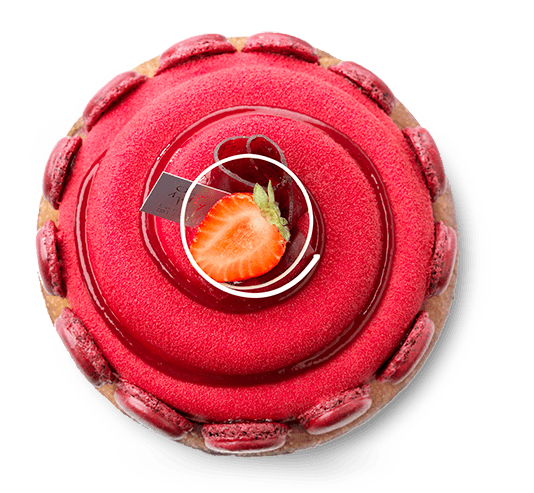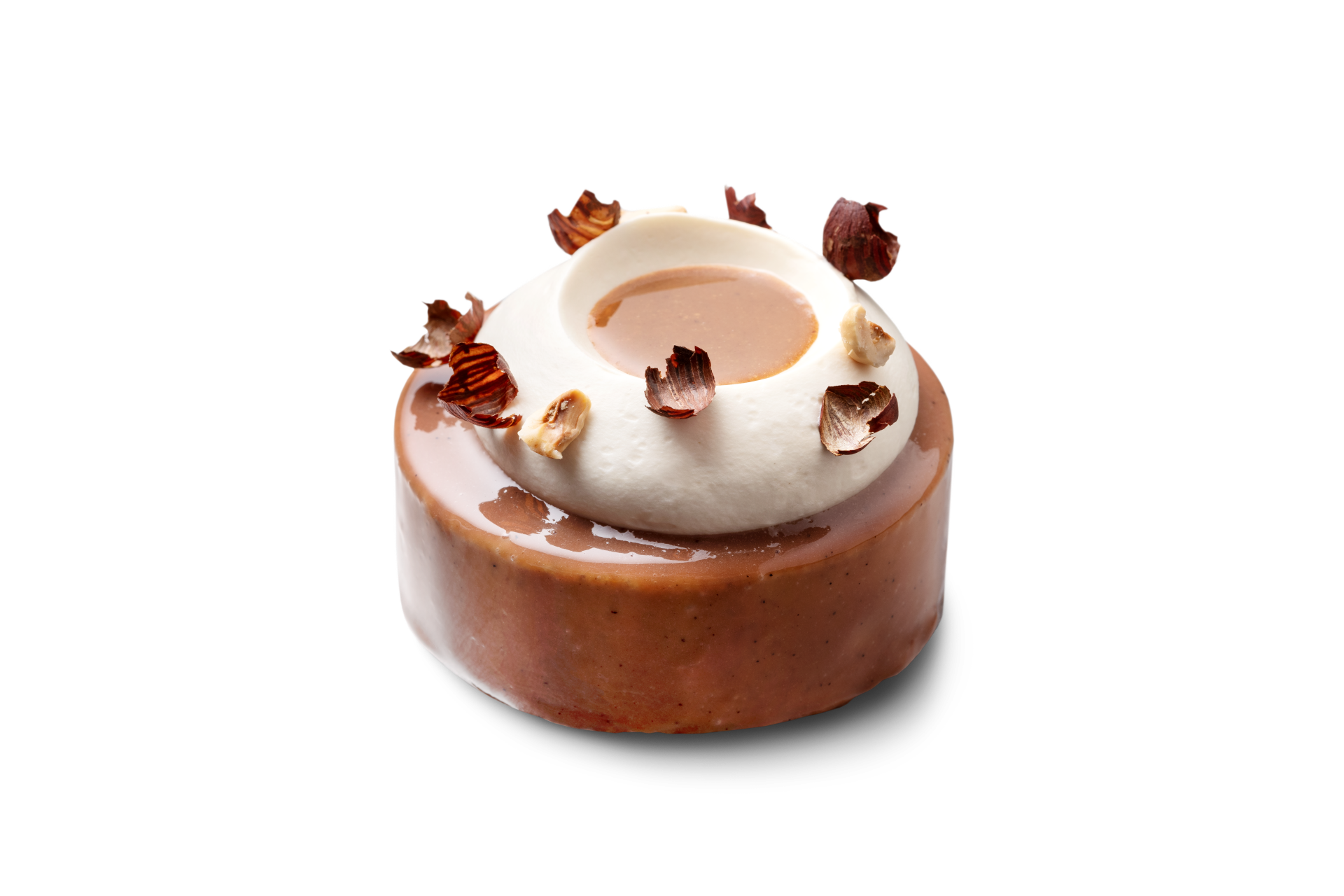"Maximalist restaurants and the ketchup and mustard theory"
Picture this: you are in a room with a red table, yellow chairs and black and white striped walls. People around you are eating burgers and fries. Does a particular fast-food restaurant come to mind? It probably does. You see: colours matter a lot in your marketing and the look and feel of your brand. We'll show you how other restaurants use colour in their interior design. Whether they want to display art, create a certain atmosphere or aim to seduce you.

Yellow is traditionally associated with feelings of happiness, comfort and warmth. It evokes a nostalgic feeling. Red represents love and strength. The colour red is also said to make people hungry and impulsive. As a result, marketers who combine red and yellow in their brand immediately have our attention and even increase our metabolism, according to the ‘ketchup & mustard theory’. So quite the right move McDonalds made there. Fast food companies have been using colour psychology to subtly influence their customers for years, for example red and yellow. If you get a spontaneous craving at the sight of a yellow M, you can blame your subconscious from now on.

Restaurant Il Riccio on the coast of the Italian island of Capri can count none other than Jacky Kennedy among its clientele. The current owner wanted an interior with a Mediterranean look, befitting the 1950s and 1960s. Interior designer Marco De Luca used the typical Mediterranean colours of porcelain white and bright blue and combined them with wooden furniture and mosaic tiles. From the kitchen to the tables, the soothing blue colour scheme matches the ocean views. White, airy fabrics hanging from the columns around the terrace complement the pale blue skies over the coast. Instagram: @ilriccioanacapri
The interior of London restaurant Sketch was designed by French architect India Mahdavi. In the partly golden-yellow interior, she incorporated more than two hundred artworks by English artist David Shrigley. The yellow, padded sofas and walls evoke an atmosphere of warm luxury in which every guest is only too happy to wallow. sketch.london.com
A hybrid of a collector's Victorian property and an eccentric nightclub. A mix of exotic and lush natural greenery, leopard-print chairs and chintz, a vibrant atmosphere, peacocks in classic birdcages, giant chandeliers and contemporary art. In other words: ‘More than a restaurant; an experience.’ Also called ‘maximalist restaurants’ by some: the interior design is so over the top that you don't know where to look. At restaurant Secret Garden in Amsterdam, designed by Amsterdam-based design studio Too Many Agencies, you will be short of senses to take it all in. Their motto? Less is poor. The interest in maximalist restaurants is partly to do with wanting to be Instagrammable and the rising popularity of TikTok, which is all about video. Will Erens, owner of Too Many Agencies: ‘Why sit down in a boring interior when you can also go to an establishment that makes you feel like you're playing a part in a Tarantino film?’ secretgardenamsterdam.com
Prague's industrial Karlín district is home to GROUNDS: a coffee roastery with café in the courtyard of an office building, which has become a true meeting place for the community. Project manager Tomas Kozelsky, co-founder of Czech architectural firm KOGAA, has kept the interior of the building very sober and minimalistic. He reused materials from construction waste, repainted industrial lamps from a former arms factory, used uncoated metal sheets as a bar, made coffee tables out of concrete and used corrugated plastic sheets as walls. The colour of the pre-existing materials was guiding in the design. Kozelsky added green, air-purifying plants to the interior as the only colour accent. Instagram: @grounds__coffee

Give your costumers the ultimate summer taste experience.
Discover more




